Heading out on an international trip presents different needs from simply traveling around your home country. There’s more to consider and potentially more challenges to overcome due to things like language barriers and cultural differences. Luckily, there’s a number of things you can do to adequately prepare for international trips.
In this article, I’ll break down 25 different checklist items for your international trips and provide you with some links that will help shortcut your research time so that you can focus on the fun part of your travels. Keep reading to find out more.
Table of Contents
1. Learn about the local scams
There is nothing worse than falling victim to a scam when traveling. The thing is many locations have common scams that they try out. For example, one of the most common scams is for folks to offer you rides from airports or train stations for 2X or 3X the cost of a taxi — I’ve seen those in many places like Italy and France.
But others will employ common tricks like offering you friendship bracelets, fooling you with rigged magic tricks, and many other forms. Make sure you’re aware of what you might run into so you can recognize it when you see it, especially if you’re an inexperienced traveler. Simply Google “common travel scams in [region or country]” and you should be able to find things to be on the lookout for.
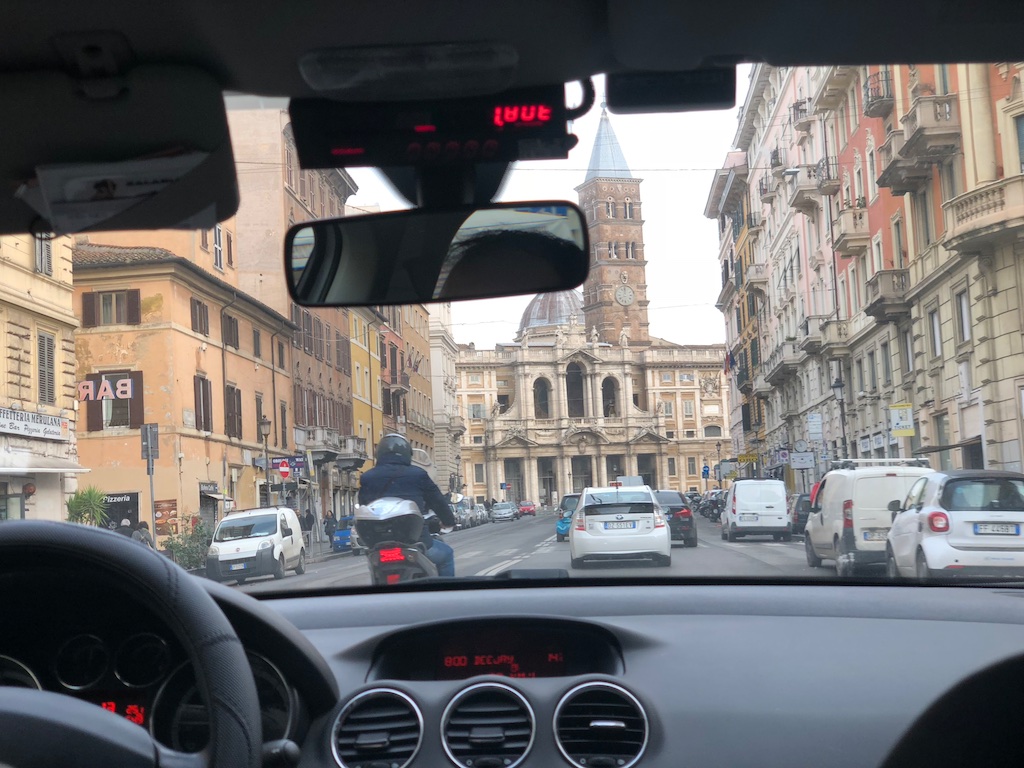
Tip: Use the free app WalletFlo to help you travel the world for free by finding the best travel credit cards and promotions!
2. Know what’s taboo (and avoid those things)
Did you know that it can be considered taboo to request salt and pepper in Portugal when eating a meal prepared for you? Were you aware of all of the 435,758 taboo things you can do with chop sticks in Japan? Sometimes these “taboo” actions aren’t taken very seriously but other times they are.
It’s a very good idea to do a little bit of research on what’s taboo in the culture(s) you’re visiting. Many things may surprise you. You likely won’t be in any type of serious trouble by violating some of these but knowing about them can surely save you some embarrassment and gain the respect of locals.
Here are some taboo things you might want to check out before traveling but you’re best off searching for taboo things in the specific region/country you’re visiting.
3. Check up on medication laws
You absolutely need to do some research into finding out what medications are allowed and not allowed where you are visiting. Some countries have some very strict regulations for medications and they will not hesitate to put you in jail for violating them.
It’s not uncommon for countries to also limit the quantity that you can take in such as to a 30-day supply. Sometimes you can get around limitations if you have a signed doctor’s note but that all depends on the situation. The CDC recommends you contact the foreign embassy of the country you will be visiting to make sure your medicines are permitted in that country.
4. Check for holidays and major events
It can be easy to forget to check for major events when planning a trip or at least to not give them proper consideration. Trust me — it’s happened to me a few times. I once visited Hong Kong around Chinese New Year thinking it wouldn’t be that bad. But it was. Tons of closures and insane crowds at popular tourist attractions made the experience less enjoyable .
That’s an easy holiday to remember but many other local holidays or events like art festivals that take place might not be on your radar, so be on the lookout for those.
Visiting cities during these peak times could also mean limited lodging availability and higher hotel prices. So be mindful of holidays and major events but also consider that the holidays might extend out to the week before and after the actual holiday. You can search for holidays in specific countries here.
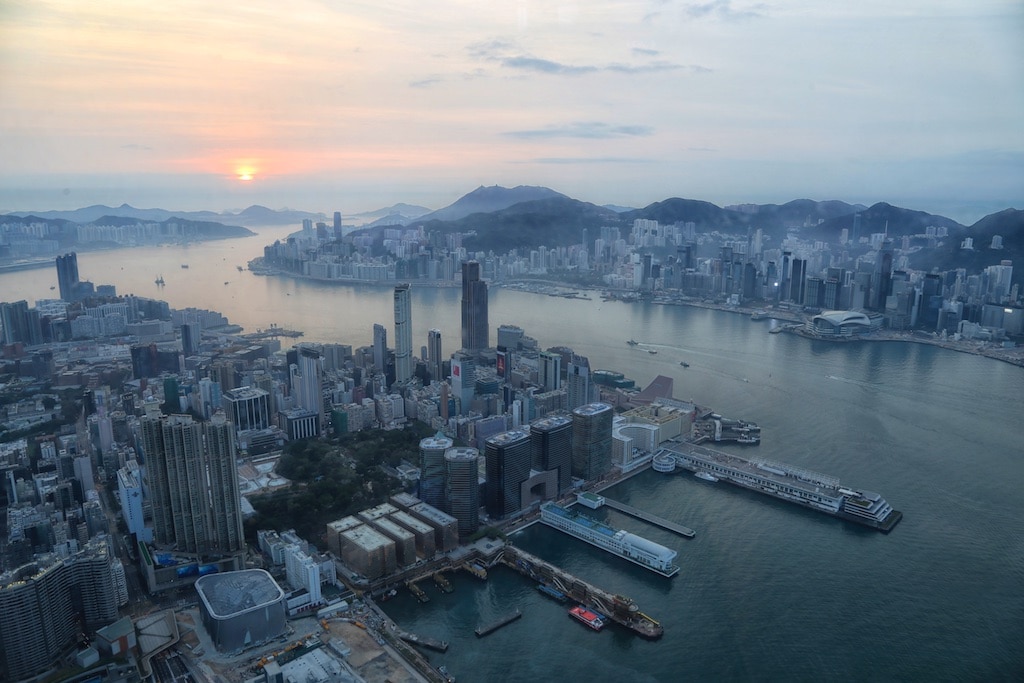
5. Research the climate
Many places around the world don’t have standard seasons like we have in most parts of the US. They might experience a monsoon season or even multiple monsoon seasons in a year or perhaps they have excruciatingly hot summers. And of course, there’s the flipped seasons in the Southern Hemisphere.
Don’t just check the weather forecast and don’t ever assume that the climate in another country will be the same as here in the US and make sure you know what you’re signing up for so you know how to properly pack and plan your activities.

6. Know the tipping customs
You need to know if its customary to leave a tip in the country you’re visiting. This can help you to save money during your trip and will let you know if you need to carry around cash with you.
Tip: It really helps to memorize or make a note of how much $1 USD is in the local currency so you can quickly make judgment calls when leaving tips (see below about currency conversion apps).
Also, in some locations, it can be considered rude to leave a tip. I once tipped a vendor in Oaxaca, Mexico and you should have saw the look of disapproval I was given! Ooff. Super uncomfortable and I felt like a jack ass!
You can use a source like this to review is tipping is a thing in a given location, but I would try to ask around in places like Reddit to get a clear answer from people with experience living in the region.
7. Set up your time zone clocks
If you have an iPhone, I suggest that you add all of the countries you’re visiting to your clock as well as your hometown so you can quickly reference what the time is back home.
Sometimes it’s helpful to memorize a trick for quick recall, too. For example, when I was in Taipei, I realized I could usually just subtract one hour and flip am to pm and that would be the time back home.
Another thing to think about is the amount of daylight you’ll have. If you’re traveling into higher latitudes, it’s possible you could have much more or much less daylight to work with depending on the time of year — that could alter your planning so keep that in mind. Daylight is much more consistent the closer you get to the Equator.

8. Visas
You absolutely need to make sure that you’ve applied for a visa if needed, since you could get turned away if you don’t have one. You can check here for a quick overview of what counties require from US citizens with respect to visas.
There are different types of travel visas. Some are granted to you automatically when you enter a country and you can sometimes see these reflected on your passport stamp. For example, you might see a 90 day tourist visa granted. Others might require you to fill out some paperwork at the airport (and pay a fee) but are more or less automatic.
But some visas, like those for traveling to Russia or China, will require you to submit an application weeks or months in advance. These are the visas you need to pay attention to because you typically can’t get these last minute. So watch out for these.
Some countries might also ask you for proof of sufficient funds to cover your expenses during your stay. These can be shown with things like letters from banks or sometimes bank statements so make sure you’re ready to show those things if needed.
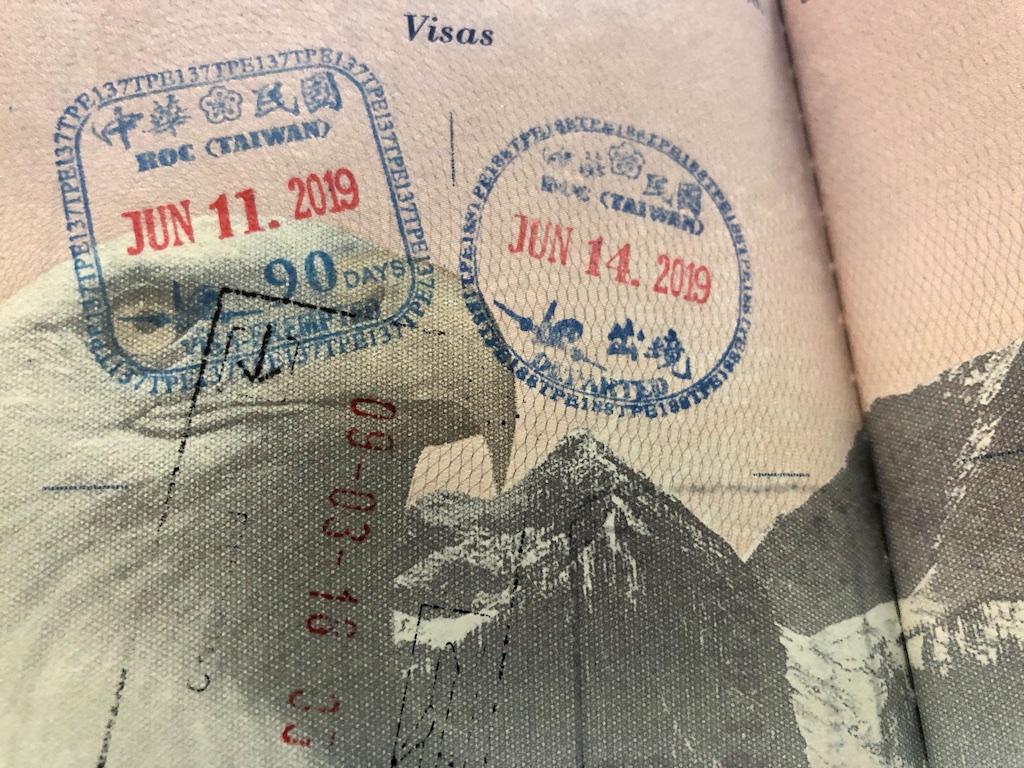
9. Passport
Many countries will require you to have at least six months of validity on your passport and if you don’t, they won’t let you in. Also, you want to make sure that you have room for stamps/visas on your passport (often you’ll need one full page per visa).
And finally, your passport needs to be in good condition since immigration could decline your passport if it’s too damaged, such as if it’s torn or tattered.
Tip: Be sure to make a color copy of your passports and visas (if you have hard copy versions).
10. Order local currency
Exchanging your money at the airport exchange counters is not a good idea because you don’t get the best conversion rates and can get hit with extra fees. ATMs are a better choice but you will likely also get hit with fees on those (unless you have a banking program like Chase Private Client).
But one of the best ways to save on currency conversions is to order currencies from your bank before you take your trip. If you need a common currency like Euros or Great Britain Pounds, you might be able to walk into a major bank and walk out with those. But if you need something like Taiwan dollars, you’ll likely need to order these.
I’d recommend ordering your currency a couple of weeks before your trip to make sure they arrive in time.
Related: Tips for First Time Flyers
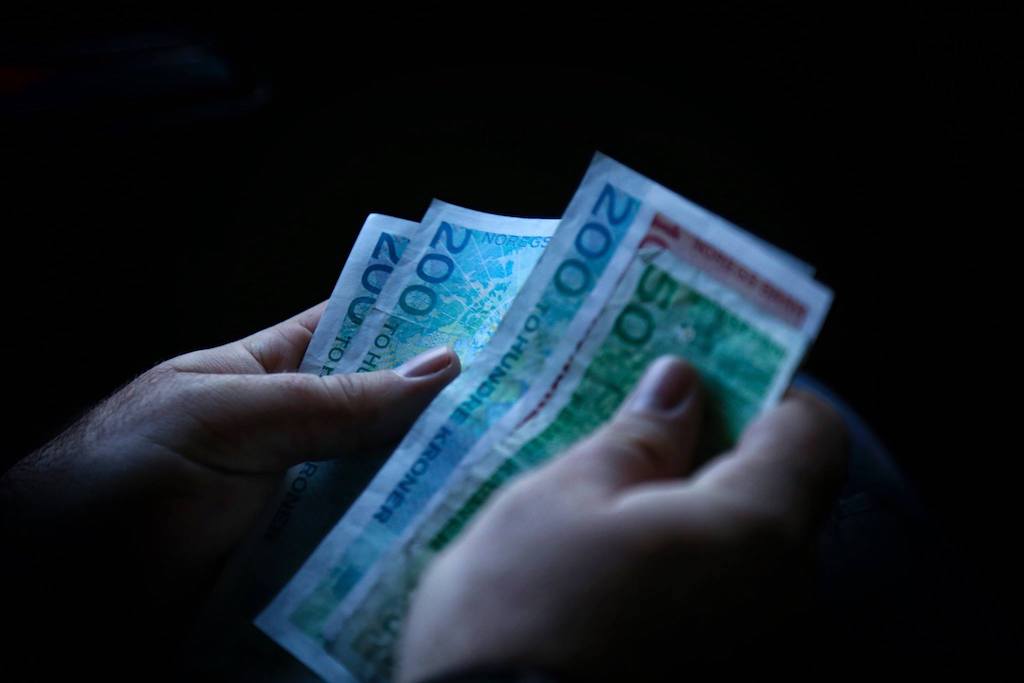
11. Get credit cards in order
It’s not that difficult to find a credit card that doesn’t have foreign transaction fees (even a credit card with no annual fee). So be sure to pick up a card that won’t force you to also pay foreign transaction fees on your purchases.
I personally also always carry with me at least one Visa, MasterCard, Discover, and American Express credit card so that I always have some type of card that I can use. It’s also very useful to have a card that has chip+pin technology like cards from Barclaycard, since some kiosks often require you to input a pin number.
12. Get your adapters
You need to remember to check to see what type of outlets that you’ll be using when traveling. If you need a quick reference for all countries you can use, check out this chart here.
One solution is to pick up a universal travel power adapter. Many major hotels will have adapters on hand so you don’t always have to stress about packing them but they may only provide you with one and there’s never a guarantee that you’ll have one.
13. Record hotel addresses
You should have the addresses (and phone number) for your hotels stored somewhere like the notes on your phone. You’ll need to enter those details for immigration cards and it will be very useful when taking taxi cab rides.
In addition to the address, I’d recommend knowing the neighborhoods and nearby landmarks. When we were staying at the W Dubai, it was a new hotel and the address didn’t do us much good but knowing nearby hotels did.
Also, you might even want to have a photo of the hotel, especially if it’s in an iconic building. In Hong Kong, we had issues with a taxi driver when we told him “Ritz-Carlton Hong Kong” — that is until we showed him a photo of the ICC Tower that the hotel is located in.
Tip: Use WalletFlo for all your credit card needs. It’s free and will help you optimize your rewards and savings!
14. Have onward travel plans
The idea of booking a one-way ticket to your favorite destination sounds romantic but it’s also not allowed by many countries. Instead, they usually require you to show that you have proof of onward travel so that they don’t have to worry about you sticking around too long in their country.
One way you can do this is to purchase a fully refundable ticket. If you don’t end up taking that flight or train or whatever, you can simply get a refund. Other people choose to purchase dirt-cheap flights that they wouldn’t mind throwing away the cash on. It all depends.
Make sure that when you show up at the airport you have an email or screen you can access to show your travel since sometimes you might not have service and might not be able to pull up an itinerary.
15. Get needed immunizations
Many countries will require you to have immunizations. Some of them like the Maldives will simply ask you to state when you received your immunizations but others will require you to show proof. You can search for which type of vaccines you might need to get here.
You should see a list of the different types of vaccines that are recommended or required. Keep in mind that some may only be required when you are traveling from certain countries. If you’re traveling from Brazil for example, you can almost count on needing Yellow Fever vaccination.
In the link above, you can also see if there are any outbreak alerts for the countries you’re visiting.

Note that sometimes you need to give yourself time to build up the immunity (like ten days to a month) so you don’t want to get your shots right before traveling.
Also, some of the vaccines like the one for Yellow fever can have limited availability at times which can make it a little time consuming to get depending on where you live. So planning for immunizations should be one of the earliest things you should do and it wouldn’t be a bad idea to find a good travel doctor. You can search for clinics here.
16. Have an H2o plan
You need to make sure that where you’re headed it’s going to be okay to drink the water. If not, are you going to have access to water bottles at your hotel or a local store? It’s also a good idea to have a filtered bottle that you can use whenever to help you cut down on plastics and spending extra money.
17. Travel notifications
Before departing always make sure to put travel notifications on your credit card and debit card. Some issuers won’t require you to make these after they get a sense of your travel patterns but be careful.
Some banks like American Express claim that you don’t need to put on travel notifications due to their “advanced technology.” This technology works great when you’ve made travel purchases on your Amex cards indicating your travel plans.
However, if you haven’t, they won’t know you’re traveling. Therefore, you often still need to call in to make travel notifications on your cards. Read about making travel notifications for Chase.
18. Get travel apps
There are dozens and dozens of helpful travel apps out there. I could make a long list of just those items but I’ll save that for another day. I would say that there are just a few apps that are must-haves when traveling internationally though and here they are:
Airline and hotel apps
When traveling, it’s a good idea to have all of the apps for your airlines and hotels if possible. This makes it easy to view your booking details and can allow you to get alerts if there are delays or possible even gate changes.
FlightAware is also a fantastic app for getting updates on your flight status. I once got an update from FlightAware before an airline agent at the lounge even knew about the delay (or at least before she admitted to it)!
Public transport apps
If you’re going to be utilizing the public transport system, it helps to download the app for that system if there is one. I also like to save a map of the transit system in my notes on my phone for easy viewing.
Currency converter
My currency conversion app is probably the app I use the most when traveling (besides maps). These should work even when you’re offline and I recommend putting them on the first page of your apps for quick access. I use an app called Unit Plus that can also be used with things like length, speed, fuel mileage, temperature, etc.
Tip: To quickly convert Celsius to Fahrenheit simply multiply the Celsius temperature x2 and + 30. This will give you a rough idea that’s usually only off a couple of degrees but can also be dead on when temperatures are 10ºC or 50ºF.
Translator apps
The Google Translate App has been a handy app for me in the past. One of my favorite features is the ability to use your camera to translate a sign instantly. It’s not available to do that in every language, but it works for many, including those like Japanese and always feel like some Harry Potter type of stuff. You can also download an offline version of the translator that works great.
In addition to that, you can translate text words into voice in another language. It’s a really underrated app in my opinion.
Have back-up maps
Our phones get better service than ever before when abroad so it’s easier to rely on them for navigation. But I still like to have offline maps downloaded as a back-up plan because you never know what can happen, especially if you’re renting a car out in the middle of nowhere.
I really like Maps.me for offline use and typically always download an offline map of the region I’m visiting so that I always have a back-up in case my Google Maps or Apple Maps is not functioning.
19. Travel warnings
The US Department of State issues travel advisories for certain countries based on the potential risk in those places of something bad happening. There are currently four different levels of advisories that are issued and these advisories are based on specific potential risks, such as crime or terrorism.
You should always check out what these risks are before traveling. And note that many times they are limited to cities within a country so don’t just pay attention to the nation-wide warning levels. Read more about travel advisories here.
20. Know where government buildings are located
There is a very helpful travel advisory map that you can use to find where important government building are located (and also see the advisory level for each country based on the color it is filled in with).
These buildings include the following:
- Embassy
- Consulate General
- Consulate
- Consular Agent
- Consular Section
Typically, as a tourist the Embassy can help you but you are most likely going to visit the Consulate, Consulate General, or a Consular Agent/Section to resolve your issues. These Consulate offices typically have normal business hours such as being open from 8am to 5pm. If something ever happened outside of those hours, you will need to call a duty officer.
The after-hours duty officer will be able to help you with anything that is considered a true emergency, but if you simply just misplaced a passport or something like that you will likely have to wait until the Consulate offices open up. Research the local consulate office for the phone number to the duty officer number close to you.
21. Get your cell phone plan in order
There are basically three different routes to go with your phone.
Stick with your current plan. Many phone companies allow you to use your plan abroad and your phone will quickly connect once you land. Some of these can be pretty cheap while other are expensive. I have Verizon and I simply pay $10/day to use my data plan and it works well for me but there are restrictions on high speed data. AT&T has a similar program.
Another route is to purchase an international SIM card that you can insert into your phone if your phone is unlocked. I used to do this but I didn’t like estimating my data needs and dealing with setting up and installing phone cards, so I just started using my own plan.
And finally, you can purchase a pre-paid phone while abroad. I also used to do this back in the day but now it’s just not worth it to me, especially with the need to use my own phone cameras, social media, etc.
Your budget and data needs will likely dictate which route is best for you but you should have a plan before you depart on your trip.
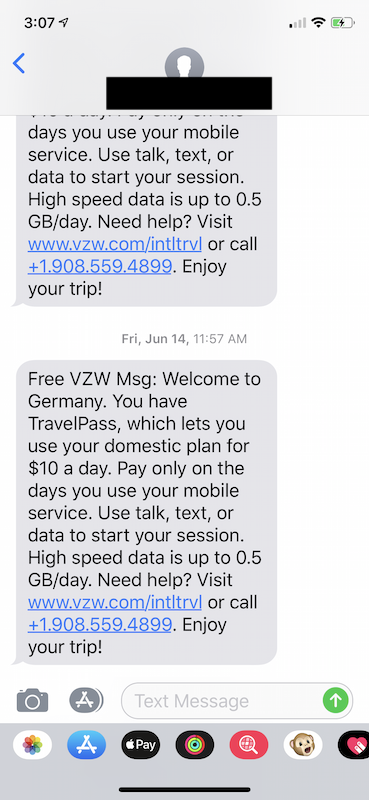
22. Travel insurance
Travel insurance is a must and there are two main forms. The first is the type that will cover you for things like cancellations, baggage delay, and things of that nature. I prefer to get these protections via credit card and there are many different types of credit cards that offer these perks.
The second form is in the form of health insurance. You can also find a lot of different ways to get health insurance when traveling abroad and I suggest you do that because health care in some countries can be insanely high.
23. Do you need an international Driving Permit?
You may or may not need an international driving permit when traveling abroad but you should definitely check about whether or not you need one. These are also very easy to get and you can find out how to get them here.
Also, if you’re planning on driving in another country be sure to read up on any unique driving laws they have there. For example, some countries like Germany might not allow right runs on red lights or have different ways of doing u-turns. You might not able able to memorize their full code of laws but just checking out a couple of articles on a country’s driving laws can go a long way.
24. Have a re-entry plan
Sometimes getting through US Customs and Immigration and can be a huge pain. But there are ways that you can expedite the process. Consider getting Global Entry which allow you expedited access back through immigration and customs. If you don’t want to pay then you can go with the free option of Mobile Passport.
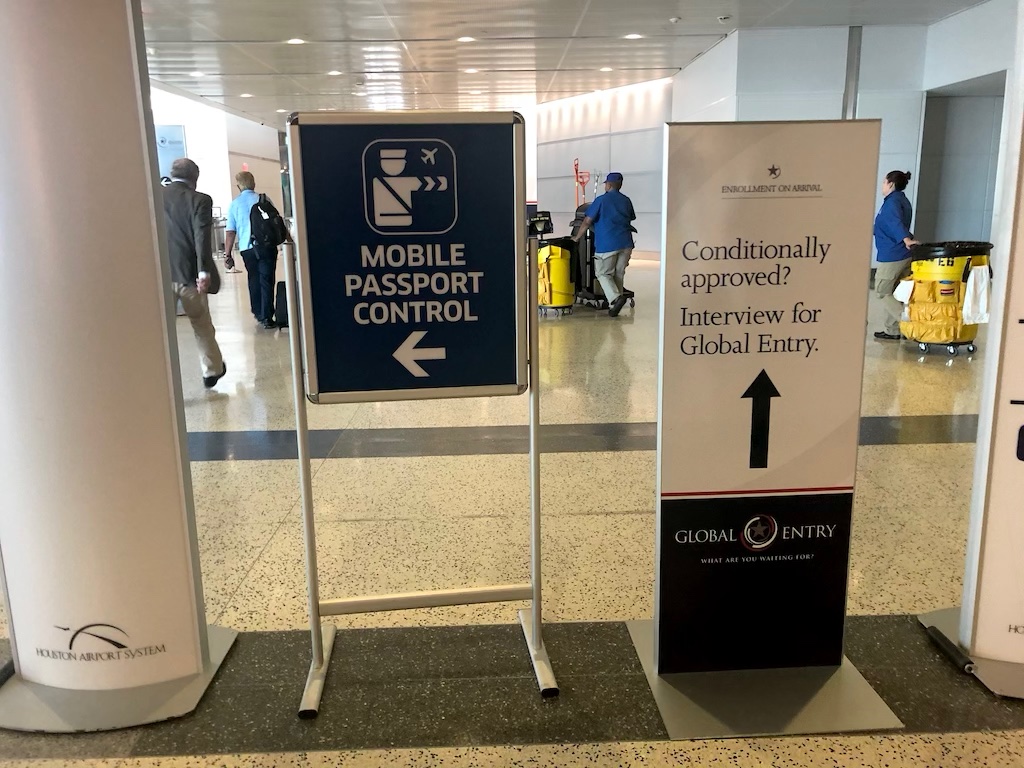
25. Know emergency numbers
Make sure you know the emergency phone number for every country you’re visiting. You can find a list of emergency phone numbers for just about every country here.
26. Bring a pen
From filling out immigration forms to sketching things out on a piece of paper in order to communicate a question, it’s a good idea to always have something to write with.
Final word
These are 25 things you want to think about before heading off on an international trip. Are there any additional things you would add to a checklist? Let me know in the comments below if you’ve come up with anything!
Daniel Gillaspia is the Founder of UponArriving.com and the credit card app, WalletFlo. He is a former attorney turned travel expert covering destinations along with TSA, airline, and hotel policies. Since 2014, his content has been featured in publications such as National Geographic, Smithsonian Magazine, and CNBC. Read my bio.


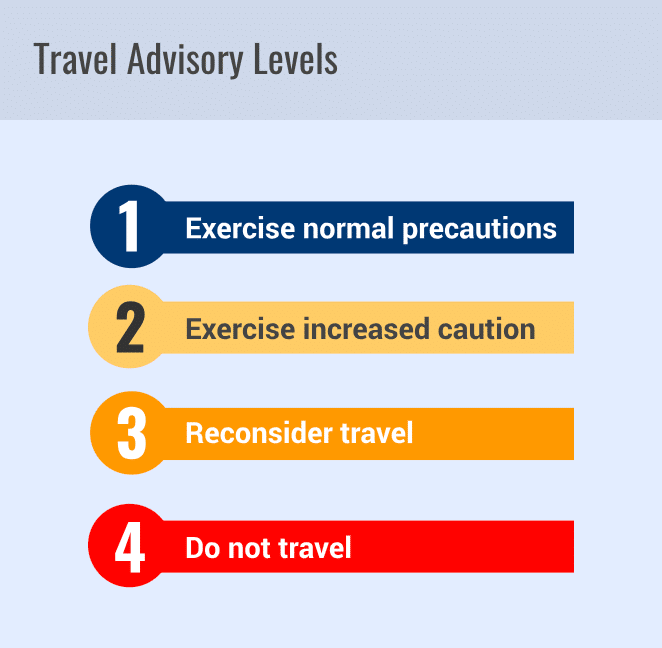
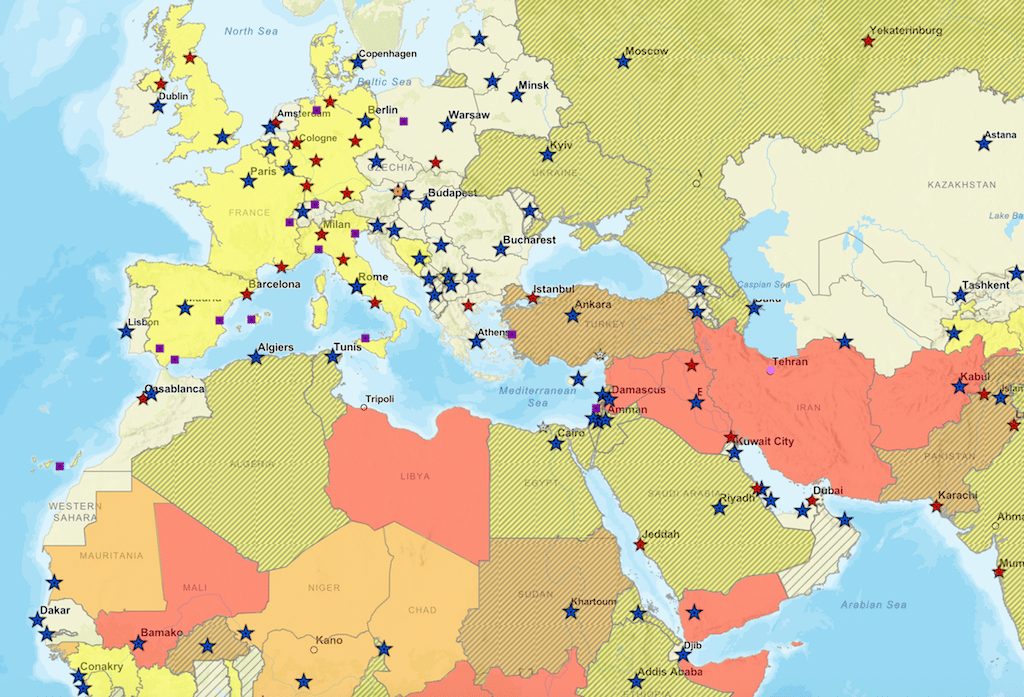
Excellent list. Many things I’ve done before, but great to have a list. I shared the post and bookmarked it for future use. Thank you.
Thanks! Always good to have things like this rounded up for future use!
Hi, helps me a lot..but i really appreciate if you can share some tips visiting Belgium as im from asia. Thanks much